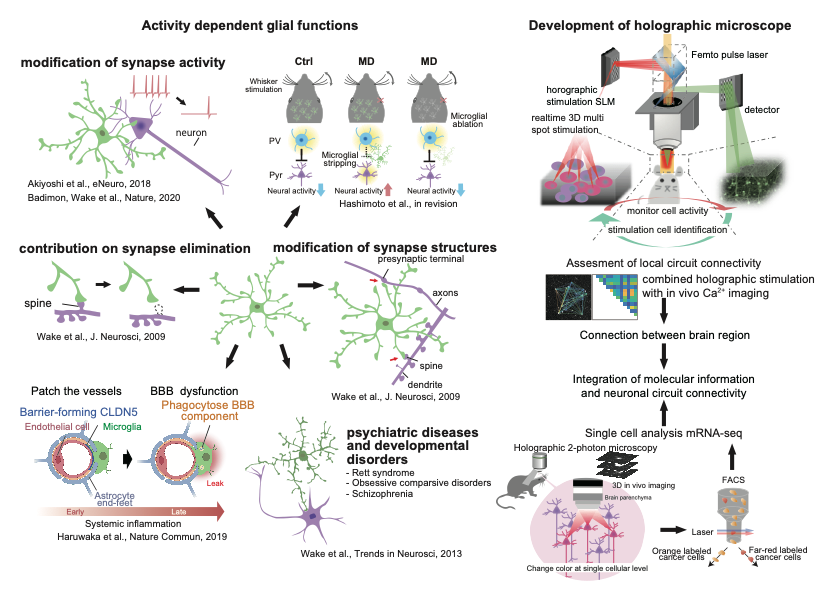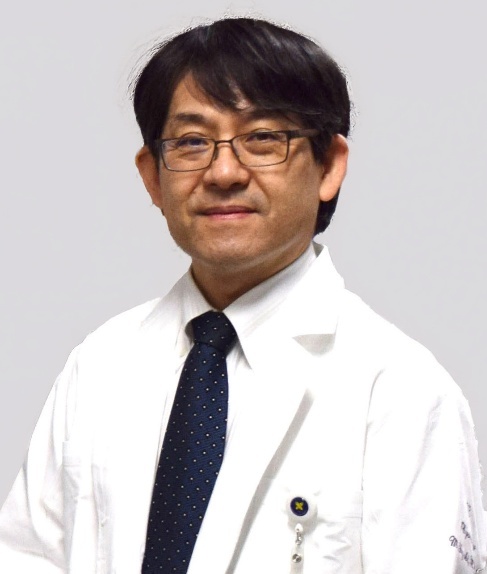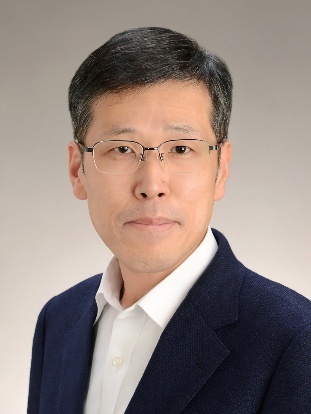Hiroaki Wake

氏名Name
Hiroaki Wake
所属・職名Affiliation, Title, etc.
Professor
Department of Anatomy and Molecular Cell Biology
Nagoya University Graduate School of Medicine
研究室HPWebsite
一言メッセージShort Message
本プロジェクトでの研究概要Outline of the research in this project
In Alzheimer’s disease and other dementias, immune inflammation in the brain leads to the loss of physiological diversity among microglia, immune cells. Consequently, their response to the disease involves a shift towards disease-related subtypes. Therefore, comprehensively understanding the diversity of these microglia, the process of transitioning to disease subtypes, the physiological functions lost during this transition, and the responses to disease will provide insights into the contribution of microglia to disease progression.
By elucidating these aspects, we can comprehensively elucidate the role of microglia in disease. Furthermore, employing organic synthesis technology to deliver drugs specifically to microglia enables in vivo evaluation using positron emission tomography (PET) and magnetic resonance imaging (MRI) to serve as biomarkers for disease states. This approach also facilitates the development of novel therapeutic strategies targeting microglia.
これまで主な研究内容Outline of main research so far
Focusing on microglia and oligodendrocytes, the brain's immune cells among glial cells, we have shown that this occurs in a neural activity-dependent manner by visualizing the local translation of myelin basic protein to the task of controlling neural circuit activity (Wake et al., 2011, Wake et al., 2015).This led to further studies of the neuronal circuitry and learning abnormalities that result from impaired activity-dependent myelination and its lipid changes (Kato et al., 2020,2023). We continue to elucidate the physiological functions of microglia, including their contribution to synapse formation during development (Miyamoto et al., 2016), the contribution of microglial projection dynamics to synaptic plasticity, their involvement in blood-brain barrier permeability in response to systemic inflammation (Haruwaka et al. 2019), and mechanisms that modulate synaptic activity and contribute to neuronal circuit synchrony (Akiyoshi et al., 2018, Badimon et al., 2020). We have suggested that disruption of these physiological functions results in psychiatric disorders (Wake et al., 2013), and have contributed to the formation and development of this field. We have also succeeded in developing a two-photon holographic microscope by establishing medical-engineering collaboration (Quan et al., 2018, Quan et al., 2022) and clarified the formation basis of neural circuits responsible for pain (Okada et al., 2021). We are also currently focusing on the mechanisms of integration of sensory information processing, especially plasticity between different senses, and are clarifying the circuit mechanisms and microglial involvement (Hashimoto et al, 2023) related to visual and tactile information processing switches in cortical visual cortex.

主な経歴・受賞歴等Career, Awards, etc.
Professional experience
- 2001-2003
- Residency (Neurology), Nagoya City University Hospital, Nagoya, Japan
- 2007-2008
- Research Fellow, National Institute for Physiological Sciences, Okazaki, Japan
Core Research for Evolutional Science and Technology, Japan Science and Technology Agency - 2009-
- Visiting Fellow, National Institute of Health, National Institute of Child
Health and Human Development Nervous System Development & Plasticity Section - 2010-2012
- Supplemental Visiting Fellow, National Institute of Health, National Institute of Child Health and Human Development Nervous System Development & Plasticity Section,
Postdoctoral fellowship for Research Abroad, Japan Society for the Promotion of Science. - 2012-2014
- Assistant Professor, Division of Brain Circuits, National Institute for basic biology, National Institutes of Natural Sciences, Okazaki, Japan
Visiting Lecturer, Nagoya City University, Nagoya, Aichi, Japan - 2013.10-
- Assistant Professor, Division of Brain Circuits, National Institute for basic biology,
National Institutes of Natural Sciences, Okazaki, Japan
PRESTO, Japan Science and Technology Agency, 4-1-8 Honcho, Kawaguchi,Saitama, Japan - 2014-2016
- Associate Professor, Division of Homeostatic Development, National Institute for Physiological Sciences, National Institutes of Natural Sciences, Okazaki, Japan
PRESTO, Japan Science and Technology Agency, 4-1-8 Honcho, Kawaguchi,Saitama, Japan - 2016-2019
- Professor, Division of System Neuroscience. Kobe University of Graduate School of Medicine, Kobe, JAPAN
PRESTO, Japan Science and Technology Agency, 4-1-8 Honcho, Kawaguchi, Saitama, Japan
Professor, Division of Homeostatic Development, National Institute for Physiological Sciences, National Institutes of Natural Sciences, Okazaki, Japan - 2017-2019
- Professor, Division of System Neuroscience. Kobe University Graduate School of Medicine, Kobe, JAPAN
- 2019.4-
- Professor, Department of Anatomy and Molecular Cell Biology, Nagoya University Graduate School of Medicine, Nagoya, Japan
Specially Appointed Professor, Organization for Advanced and Integrated research, Kobe University, Kobe, Japan
2021.9-Professor, Department of Anatomy and Molecular Cell Biology, Nagoya University Graduate School of Medicine, Nagoya, Japan
Professor, Division of Multicellular Circuit Dynamics, National Institute for Physiological Sciences, National Institute of Natural Sciences (Cross appointment)
Specially Appointed Professor, Organization for Advanced and Integrated research, Kobe University, Kobe, Japan
Awards and honors
- 2014
- The Young Scientists’ Prize
The Commendation for Science and Technology by the Minister of Education, Culture, Sports, Science and Technology - 2011
- Fellows Award for Research Excellence in NIH



